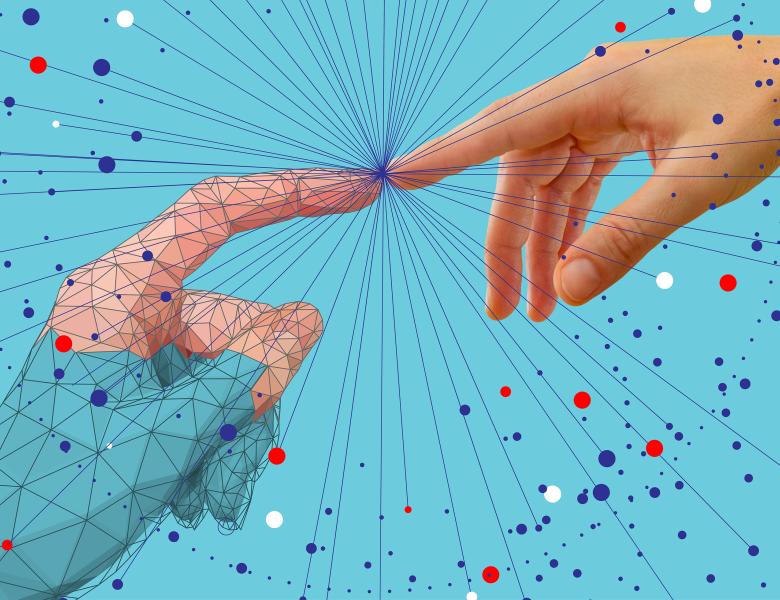
Abstract
What will ubiquitous deployment and accessible interfaces to large language models (GPT-3, LaMDA, T5, etc.) enable future humans to do, and how will these capabilities impact culture and society? In this talk we describe a framework we used to explore the first- and second-order effects of a few specific capabilities, including (1) fluent, directed text and speech generation and interpretation; (2) conversions between text and structured data; (3) automation and rapid response; and (4) simpler bespoke implementations of natural language interface (NLI)-based applications. As a speculative design exercise, we then play out some of these second-order effects on social institutions, internet and social media discourse, broadcast media, and research.


